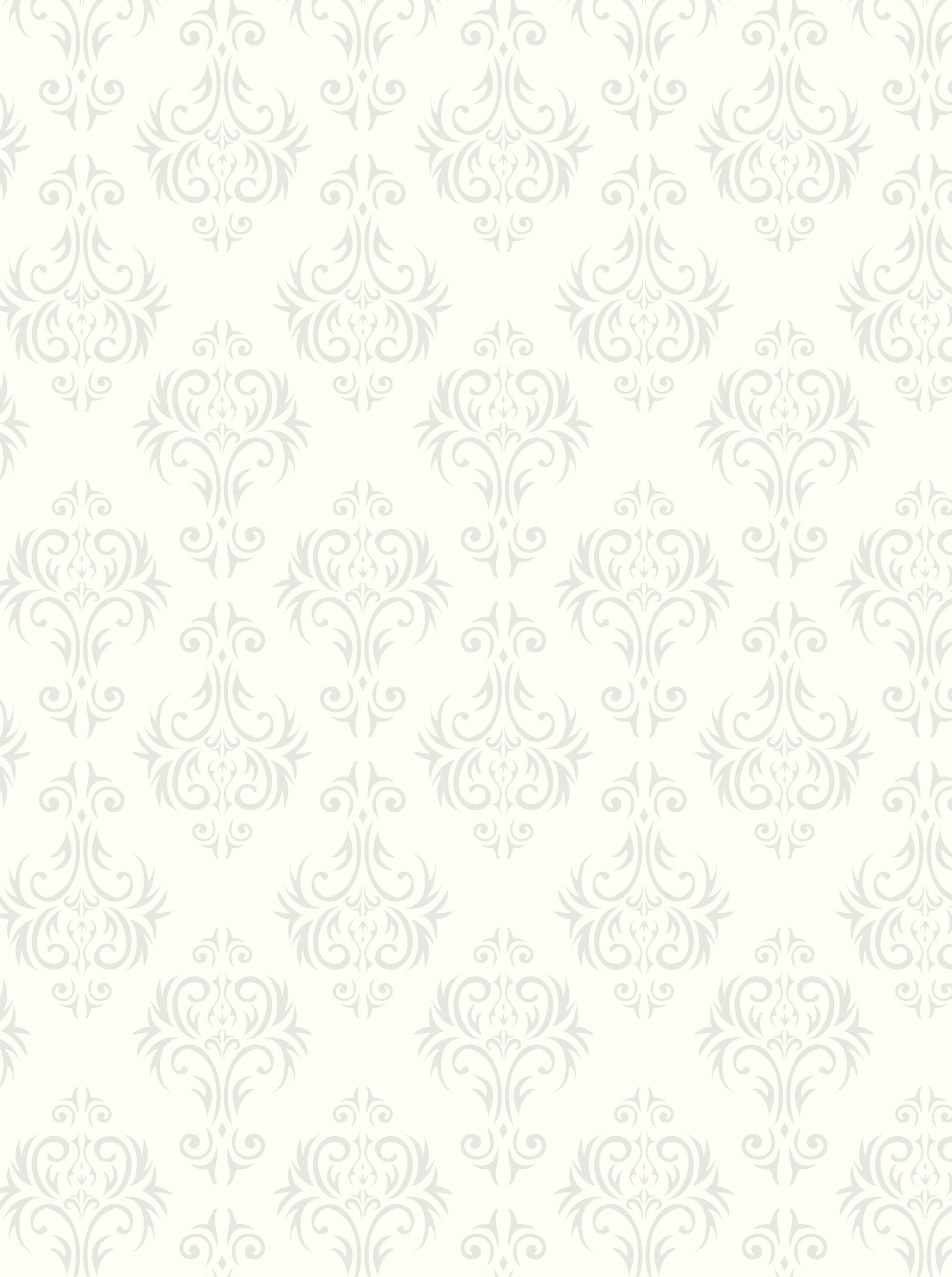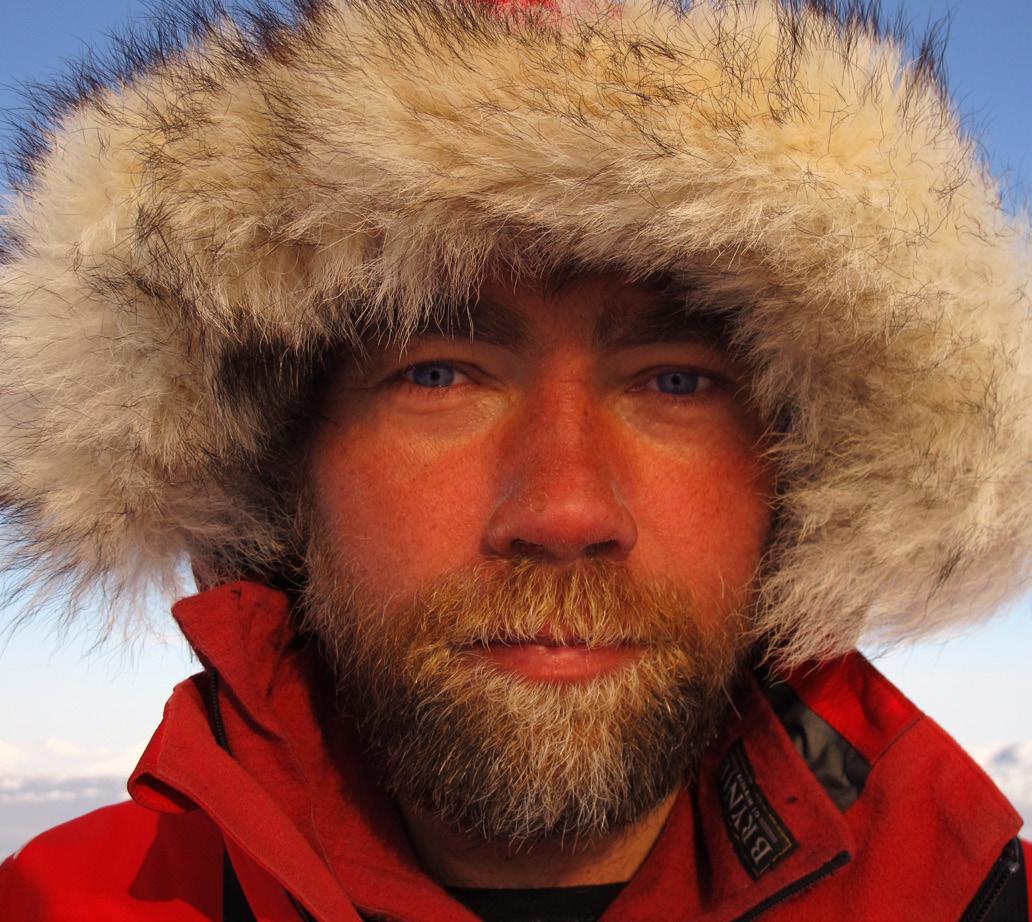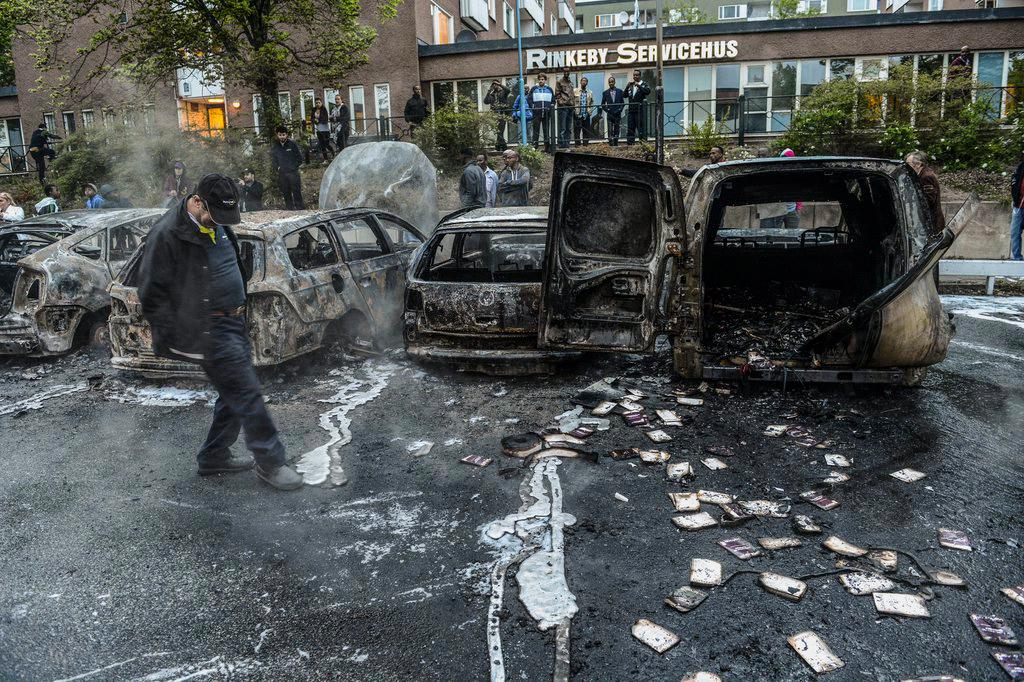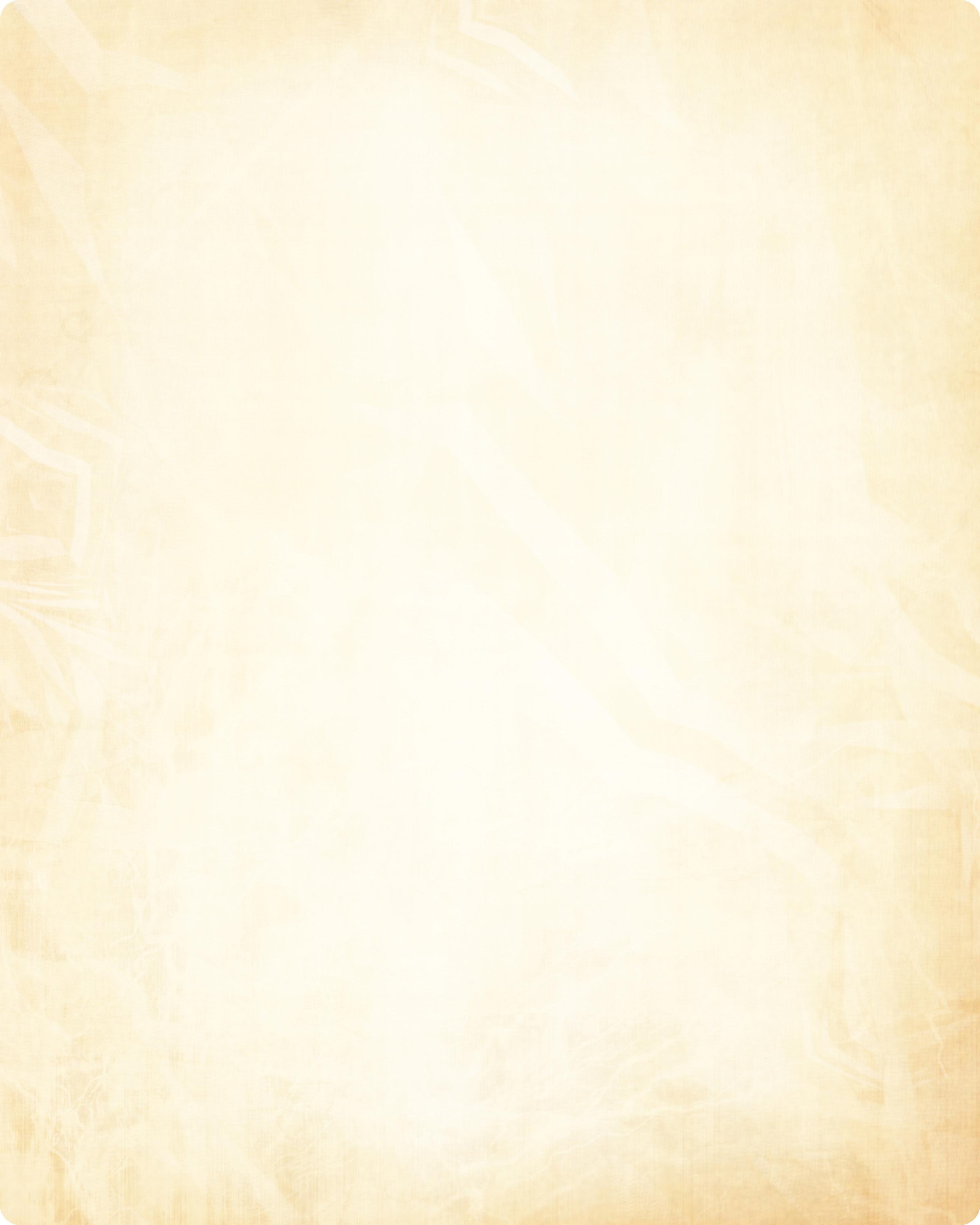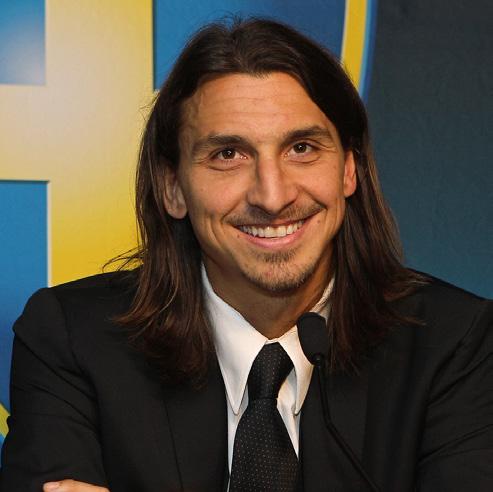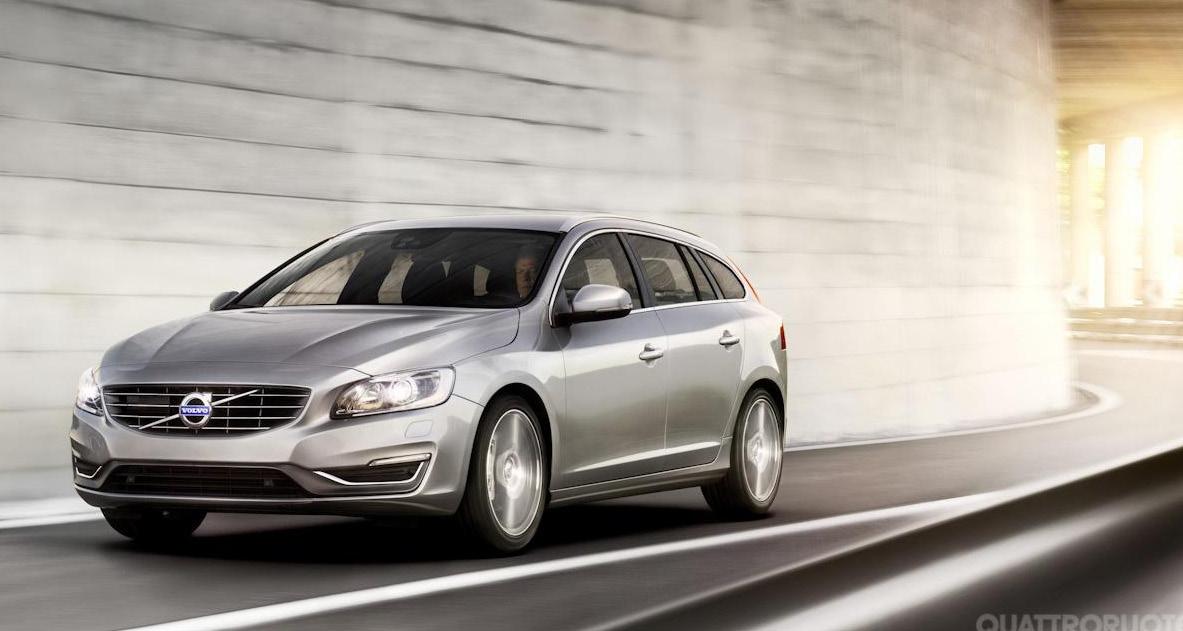
6 minute read
Changing Food Habits in Sweden Sport: How Three Nations Came to Dominate Hockey – Part Two
Lifestyle
Sport
second of a three-part hockey story
How Three Nations Came to Dominate Hockey (Sorry Russia…)
By Walter V. Cicha, Ph.D.
The unforgettable 1972 Summit Series in which Canada very narrowly beat the Soviet Union featured the two undoubtedly dominant hockey teams of the time. Forty years later, dominance in hockey is not nearly as obvious. For example, on May 19th, Sweden won the 2013 World Hockey Championship on home ice in convincing 5-1 fashion against a nation that most folks wouldn’t identify with hockey dominance: Switzerland. Until the gold medal match, Switzerland actually had been the only unbeaten team in the tournament! So what happened to Canada and Russia? Sweden sent Canada home early in its exciting 3-2 quarterfinal win, while Russia was walloped 8-3 by the U.S. in the same round. However, the spring World Hockey Championships are not an optimal indicator of “hockey dominance,” due to the NHL Playoffs at the time. Thus, a deeper analysis is required to determine “who is best.”
I will consider four different indicators in doing this, starting with a comparison of the breakdown of players in the NHL by nationality today versus 20 years ago. On a percentage basis, the number of Swedes in the NHL more than doubled (now has highest non-North American representation) and the number of Finns almost tripled from 1992 to today, as shown in Table 1 below, which lists the league’s top six represented nations. This is quite noteworthy, especially since the Scandinavian countries each have less than 10 million inhabitants (incidentally also the population of the Czech Republic), while Russia
Table 1: Nationality breakdown of NHL players today and 20 years ago
2012-2013 (%) 1992-1993 (%)
Canada 52.8 66.7
United States 23.6 18.2
Sweden 6.5 3.0
Czech Republic 4.9 3.0
Russia 3.3 5.5
Finland 3.2 1.1 has almost 150 million. It is likely that the significant decrease of Russian representation in the NHL over this period had something to do with the fragmenting of the Soviet Union into many nations, leading to an accompanying splitting of top talent. The other more recent factor could be the formation of the Russian professional hockey league, the KHL, in 2008. Also noteworthy is that Canadians now make up only half the league (from two-thirds twenty years ago), and that the ratio of Canadians to Americans in the NHL has decreased from 3.7 to 2.2 during the 20-year period. It seems that the NHL perhaps should be renamed the MHL – Multinational Hockey League.
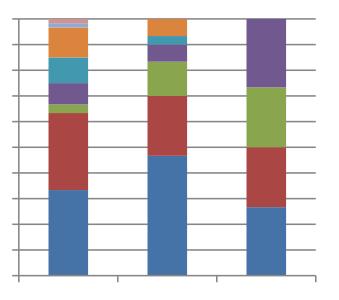
90% 100% Switzerland 80% Slovakia 70% Finland 40% 50% 60% Czech Rep Sweden 30% US 20% Russia 0% 10% Canada 1994-2003 2004-2008 2009-2013 Figure 1. Distribution amongst leading hockey nations of total medal points at World Junior Hockey Championships.
The annual World Junior (under 20) Hockey Championships feature the world’s best young players and serve as the second indicator of some telling trends during the past two decades (see Figure 1). The “medal points distribution” amongst the leading hockey nations are shown as a percentage in the figure for three different time periods. It is quite striking that during the most recent five year period, only four nations have been in the medals, while from 1994 through 2003, eight nations medaled. Furthermore, the four nations have split the medals points almost equally since 2009, while in the past Canada and Russia dominated. Finally, the gradual ascent of the U.S. Junior Team from a minor threat to a world hockey power is most noteworthy, as is the greatly increased dominance of the Swedish team during the past five years.
Dr. Walter Cicha was born in Prague when it was the epicenter of Czechoslovakia. He grew up in Canada and spent almost half of his adult life to date in the U.S, before returning to Canada. Walter is an accomplished scientist and energy innovation advisor who loves sports and music. He has played organized hockey since age 9, and continues to do so into the second half-century of his life, when time, family and lower back allow.
Hemma hos
Design[ ]
Relax & Rejuvenate Swedish Style
By Kristi Robinson
While relaxation may be the primary objective of visiting a spa, cutting-edge design and unexpected extras – like an underwater art gallery or Japanese garden – are added bonuses at many Swedish resorts.
Indoor spa pool at Kosta Boda Art Hotel with an underwater glass exhibition. Photo © Kostabodaarthotel.com

From the moment you walk through the doors of the Kosta Boda Art Hotel prepare to be visually dazzled by the bright hues and fluid shapes of expertly crafted glass of the nearby Kosta Boda glasswork design company. Located in the province of Småland, the spa within the hotel consists of five treatment rooms, a sauna, hot tub, and both an indoor and outdoor pool that make the spa experience a venture into chromatic wonderland -kind of like visiting a spa inside an art gallery. The piece de resistance has to be the indoor pool. Put on a pair of goggles to view the glass art exhibit at the bottom of the pool.
Next on the list of buzzworthy Swedish spas is Yasuragi Hasseludden
Outdoor heated rock pool at Yasuragi Hasselludden. Photo © Yasuragi.se

in Saltsjö-Boo. Yasuragi, Japanese for inner peace and harmony, is the first spa of it’s kind in Sweden bringing Japanese customs to the Nordic spa culture. The road leading to the spa is adorned with large red Japanese style archways intended to put spa users in the right frame of mind before entering. Once there, enjoy bathing in an outdoor heated rock pool with views across Stockholm’s archipelago. Or find tranquility indoors in the Japanese influenced spaces of the pool and hot springs. A must-do while at Yasuragi Hasseludden is to explore the Japanese garden in the grounds of the spa. Known as the garden of wandering and tranquility, it stretches all the way down to the sea. Inside the garden is Rundillen, a terrace of natural wood and stones designed as a space for quiet contemplation.
On the opposite end of the spa culture spectrum there’s Mii Gullo Spa in the far north private mountain reserve of Fjällnäs in Härjedalen, about as Swedish as a Swedish spa can get. Mii Gullo means ‘How Are You?’ in Sami and reflects the friendly nature of the people. Country winner of the World Luxury Spa Awards for Sweden the past two years running, this spa wholeheartedly embraces its natural surroundings. Sink deep into thought and relaxation in the outdoor hot tub that sits at the edge of the serene lake and find your way to relaxation and wellness in the wood fired sauna. In harmony with its natural environment, the architecture of the spa and accommodations at Mii Gullo is a blend of Swedish rustic and modern luxury. Old folk style buildings and cabins have been renovated with contemporary interiors; clean lines and bursts of colour. Reflecting the values of nature, Mii Gullo is the ideal spot to relax and unwind in a mountain oasis.
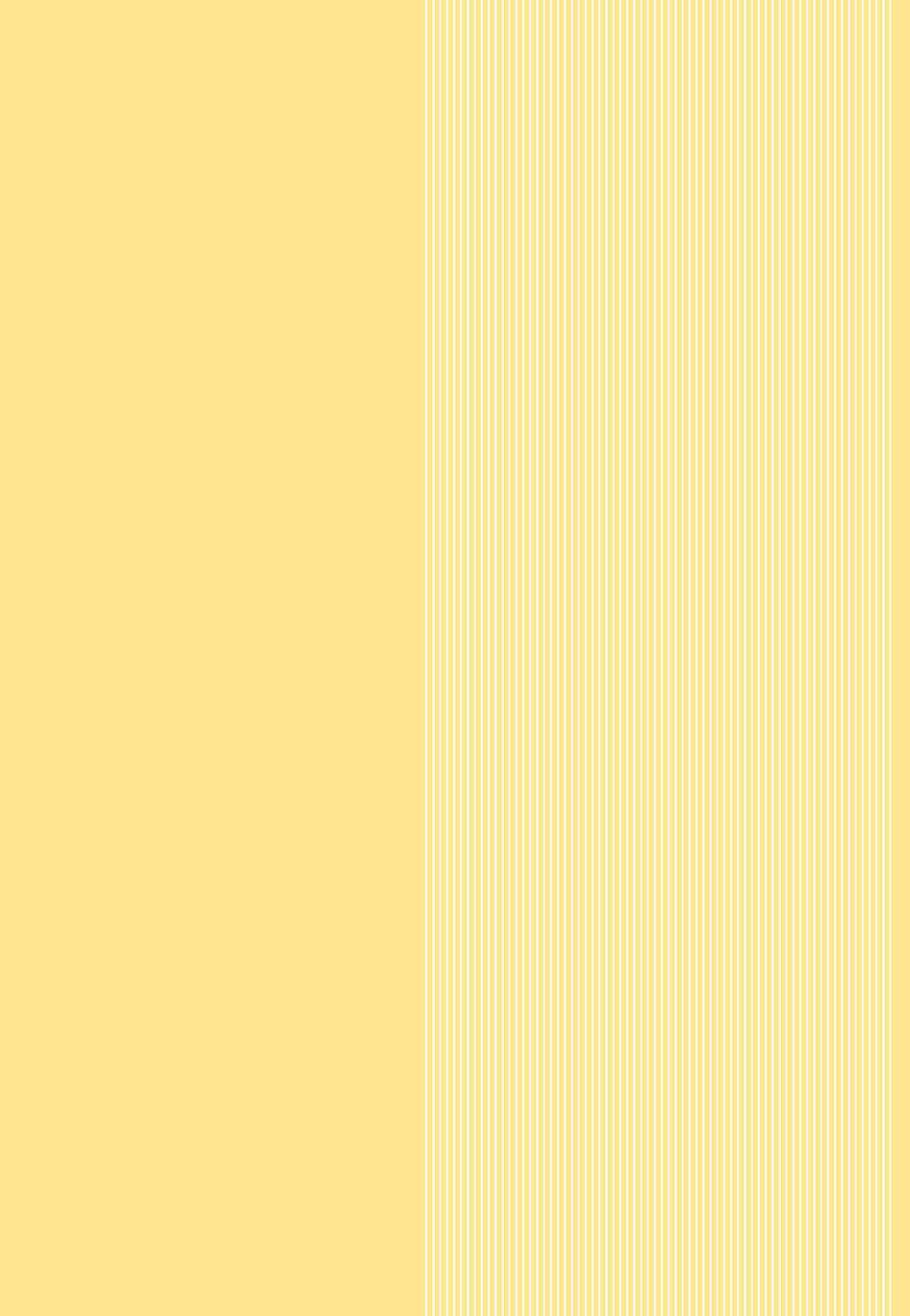

Lakeside hot tub at Mii Gullo Spa. Photo © Fjällnäs.se

